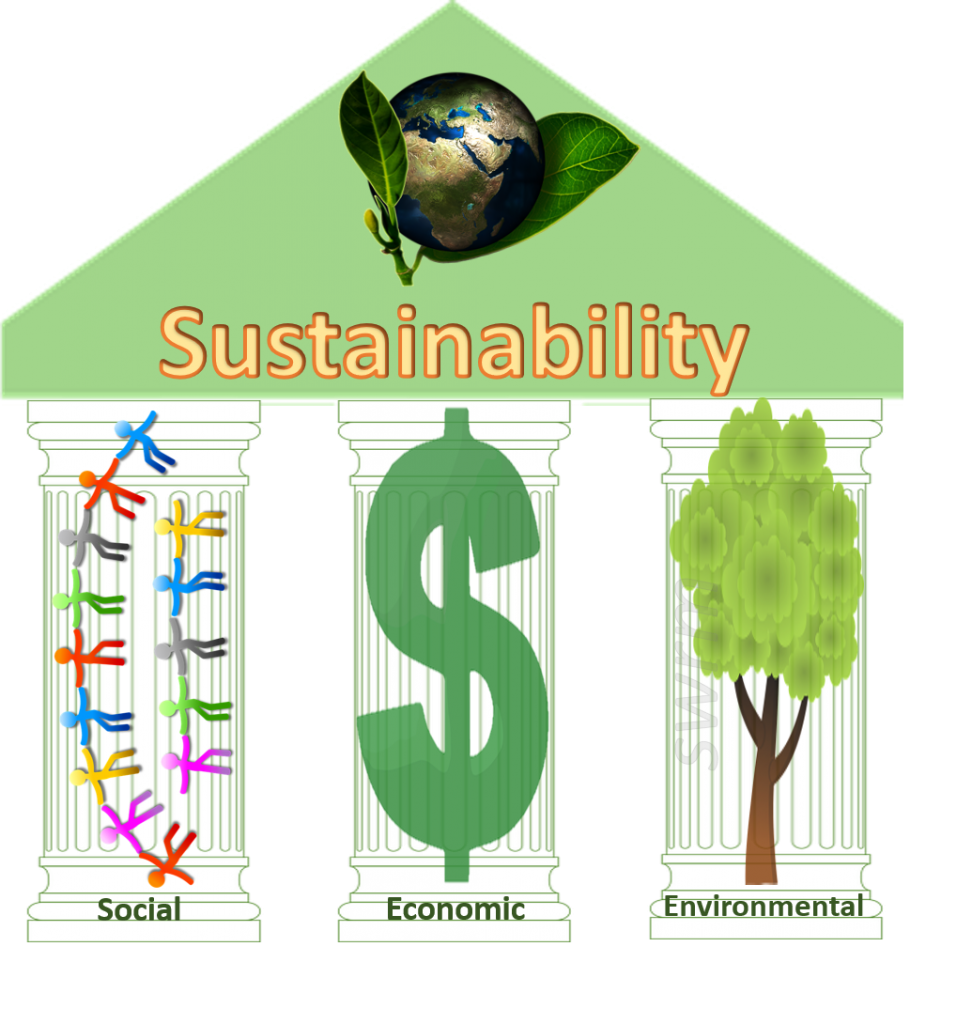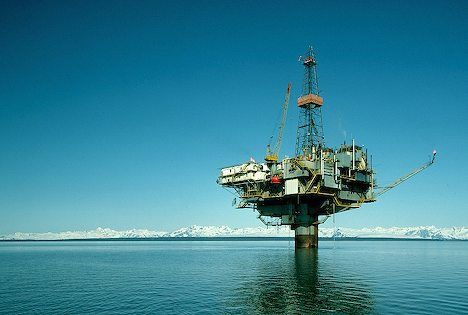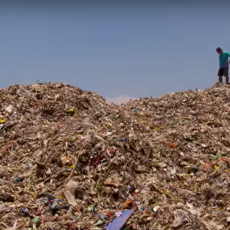
Do you ever chat to friends or work colleagues about sustainability, and what it means? Over the past few years we’ve seen organizations, institutions and some countries mark a day in the calendar to think about this extremely important subject. Stockholm observed Sustainability Day on April 25th this year; Utah Valley University chose the fourth Wednesday in October every year; the National Health Service in the UK claimed March 21st this year; while Germany had an entire week of Sustainability Action Days in June. Whatever date it occurs on, it represents a day for people to show friends, coworkers, and governments how important sustainability is for the future. It provides a time for us as a society to highlight our desire for a sustainable future. This change starts at an individual level where we must act in sustainable ways to lead by example for our peers. Observing a Sustainability Day is the time to show how these small sustainable lifestyle changes make a difference. So we implore you to find out if and when your college or workplace provides an opportunity to think about and talk about this important global issue.

Sustainability has become a buzzword in the environmental movement, but what does it really mean and how can we implement it? In terms of the environment, sustainability is defined as “responsible interaction with the environment to avoid depletion or degradation of natural resources and allow for long-term environmental quality.” It is a way to live, produce, and grow in a way that can be maintained indefinitely. Sustainability can be implemented in every aspect of life and business. It represents a healthy way for humans to interact with the planet to maintain it for future generations. Sustainability is made up of three different pillars: social, economic, and environment. For a process to be fully sustainable it must consider the sustainability criteria for each pillar
Pillar 1 – Social
The first pillar of sustainability is social responsibility. This allows a social system to provide good social wellbeing for people within that community. It includes things like community members having their basic needs met, a lack of conflict, and high education rates.
Pillar 2 – Economic
The economic pillar is focused on creating long term economic gain while maintaining high environmental standards. To meet the requirements of this sustainability pillar an economy must use its resources responsibly and efficiently, so that it can continue to profit in the long term. If these requirements aren’t met then an economy or business will eventually fail.
Pillar 3 – Environment
The environmental pillar requires that humans are living within the limits that earth can provide. This means we only use resources in a way that allows for their continued use and we are not impacting the earth in a way that damages its long term viability.

In many cases these pillars seem like reasonable requirements and they should be implemented in our current world. While this is true, finding a balance between all three is key for an all around sustainable society. It can be challenging to find this balance and it is a continual work in progress around the globe today.
One main issue that has to be considered is global economics. The social disparity between rich and poor creates a large roadblock for the implementation of a sustainable society. Often large companies and governments use the poor for cheap labor to fuel their economies. While this helps them maintain their economic sustainability it limits the social sustainability of the poor societies. Additionally, to increase production environmental sustainability is often forgotten. This can be seen around the world today where large quantities of herbicides and pesticides are used in agricultural areas. The runoff damages local ecosystems and harms the health of the labor force.

Politics is another area that poses challenges for the implementation of sustainability. Countries that are run by democratic governments try to find a balance between the government, the countries population, and the environment. Often times these are not seen as equal in the eyes of those in power. One issue in the United States is government employees worrying about being reelected. They put the interests of a few companies (and their own wellbeing) before the interests of the environment or the people. This can be seen in areas opened up for oil drilling in Alaska. This reduces environmental and social sustainability in the region, but helps them bolster their campaign money and influence. This is a similar issue in nondemocratic countries where the wellbeing of those in power and ability to maintain power are of the utmost importance.
On a global scale, implementing sustainable practices has been increasing over the years. Public opinion has slowly been shifting towards more sustainable societies. Even with this trend there remains many issues that have to be solved before it can be fully implemented on a global scale. The change towards sustainability starts at an individual level and builds over time. We each need to focus on increasing our own sustainability to help create a larger change for the future.




